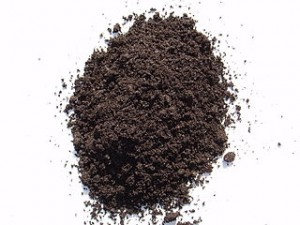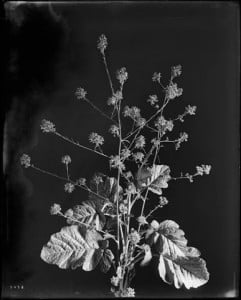 Ash, you should know, is a great source of phosphorus and potassium—two members of the essential soil chemical triad of Nitrogen-Phosphorous-Potassium (N-P-K). We should remember this as we go into Ash Wednesday, a solemn day in which we meditate on our mortality and finitude. In thinking of our death we must also recognize that our mortality is tied to the nutrient cycles of the earth, that our bodies are a source of new life.
Ash, you should know, is a great source of phosphorus and potassium—two members of the essential soil chemical triad of Nitrogen-Phosphorous-Potassium (N-P-K). We should remember this as we go into Ash Wednesday, a solemn day in which we meditate on our mortality and finitude. In thinking of our death we must also recognize that our mortality is tied to the nutrient cycles of the earth, that our bodies are a source of new life.
As Ashes are imposed in the sign of the cross on our forehead the priest says some variation of “Remember that you are dust and to dust you will return.” This scripture is tied to the Genesis story of Adam’s creation from the “dust of the ground” (Gen. 2:7). The ground of Genesis 2 is not just lifeless dirt (erets), but is adamah—productive, life giving soil; compost rich, humus soil. We could just as easily say, “Remember that you are humus and to humus you will return.”
So this Ash Wednesday, after you have gone up and received the black mark of mortality on your forehead, ask your priest if you can have any of the leftover ashes. Tell her you need them to grow a beautiful garden later in the spring, sometime around Easter.
















